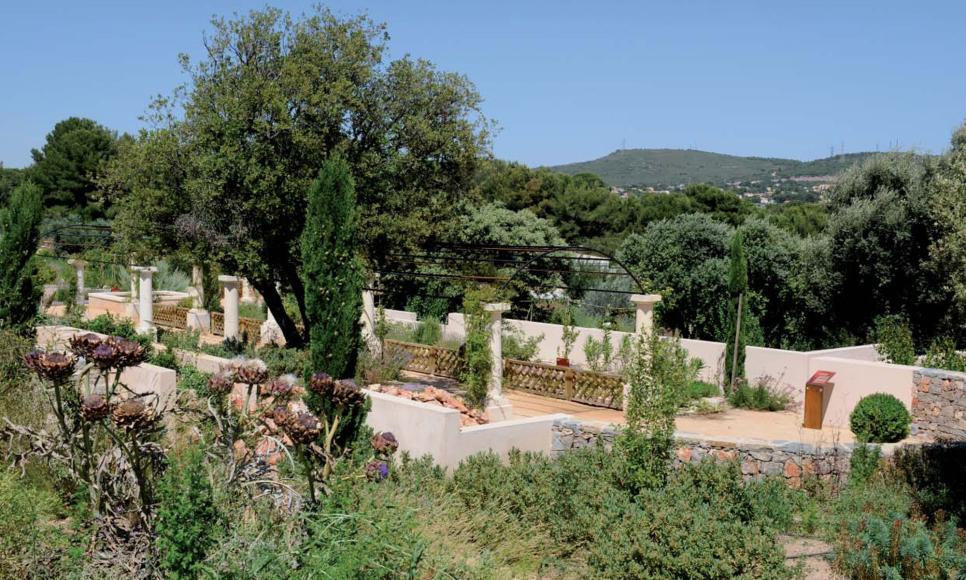The collections presented in this dossier have been developed primarily for scientific purposes. However, they can also be used for other purposes. Some of them are used as educational tools, particularly as part of higher education courses, but also to raise awareness of biodiversity issues in schools and among the general public. Used in this way, they become genuine tools for scientific mediation.
From the laboratory to the citizen: scientific mediation
The public needs to better understand and comprehend the importance of biodiversity for our societies, which is not always easy to grasp. They may also be involved in research through participation in inventories proposed in citizen science programs. Bilateral exchanges between the public and scientists can thus be established; the dialogue that allows for these exchanges is the essence of scientific mediation.
To go beyond the simple transmission of knowledge, beyond teaching or scientific communication, there is a need to establish relays between knowledge producers and the public. This requires a "translation" of scientific issues and knowledge into an understandable mode of expression, using cognitive, aesthetic, and affective frameworks known to the public. Biodiversity collections lend themselves well to this approach because of the emotions they evoke or the curiosity they arouse.
The forms, tools, and supports that can be used for this mediation work vary widely depending on the context or type of audience: from exhibitions to animations, from websites to participatory databases, from conferences to debates, from discovery workshops to publications, from museum collections to living collections...
Les collections vivantes dans la médiation scientifique
Living collections, such as gardens or parks, combine the preservation of collections or resources with public exposure. They fall under naturalist mediation, addressing scientific issues through a concrete and generally sensitive approach, and often leading the public to interdisciplinary reflection by combining scientific and heritage interests.
The Languedoc-Roussillon region is rich in its history, the diversity of its territories, and the quality of research carried out in ecology and biodiversity. Living collections found in the region reflect these riches.
In Montpellier, there is a complex in the heart of the city, the Darwin Park, which combines a zoological park (with multiple purposes: education, public awareness, in-situ conservation), an Amazonian greenhouse (mainly for educational purposes), a nature reserve (illustrating the anthropized living diversity, the subject of guided tours and educational workshops), and a reception center for activities. A botanical garden, the Jardin des Plantes, an essential cultural and tourist heritage site of the city, testifies to a flourishing scientific activity for centuries, integrated into various national and international networks.
Other bridges connect in the Antique Gardens research, archaeological heritage, botanical, ethnobotanical and historical collections, mixing cultural and scientific mediation.
Collections of data or images, the participatory approach
Numerous books and CD-ROMs on taxonomy and systematics published by various research institutions and associations disseminate and promote knowledge of biodiversity among professionals and nature-loving amateurs.
Collaborative science networks such as Tela Botanica make it possible to integrate voluntary contributions (observations by scientists or enlightened amateurs) into vast national or international programmes.

Original approaches: having fun with biodiversity
The Fête de la Biodiversité, organised each year by the city of Montpellier, is a meeting place for the general public and the many players involved in biodiversity (research bodies, associations, etc.). Bridges between the arts and sciences are becoming increasingly popular, and interactions with the theatre are on the rise. For example, since 2010, researchers have been putting biodiversity on stage in the Petit Théâtre de la Biodiversité.
Another educational approach: learning to prospect, inventory, measure, observe, describe, classify and understand diversity, classification, ecology and evolution, based on a collection of cuddly toys. This is the challenge launched in 2010 by the UM2 Science Culture Centre.
Mediation, culture and science
The scientific mediator is a transmitter of knowledge, but also of passion, sensitivity and poetry... Cultural activities involving heritage, ethnology, the history of technology, etc., are an integral part of the dissemination of scientific culture. We need to build spaces for dialogue and exchange that give science back its full social and cultural dimension, and, as the French physicist Jean-Marc Lévy-Leblond said, we urgently need to "put science into culture".

